Using nature to manage human wastes
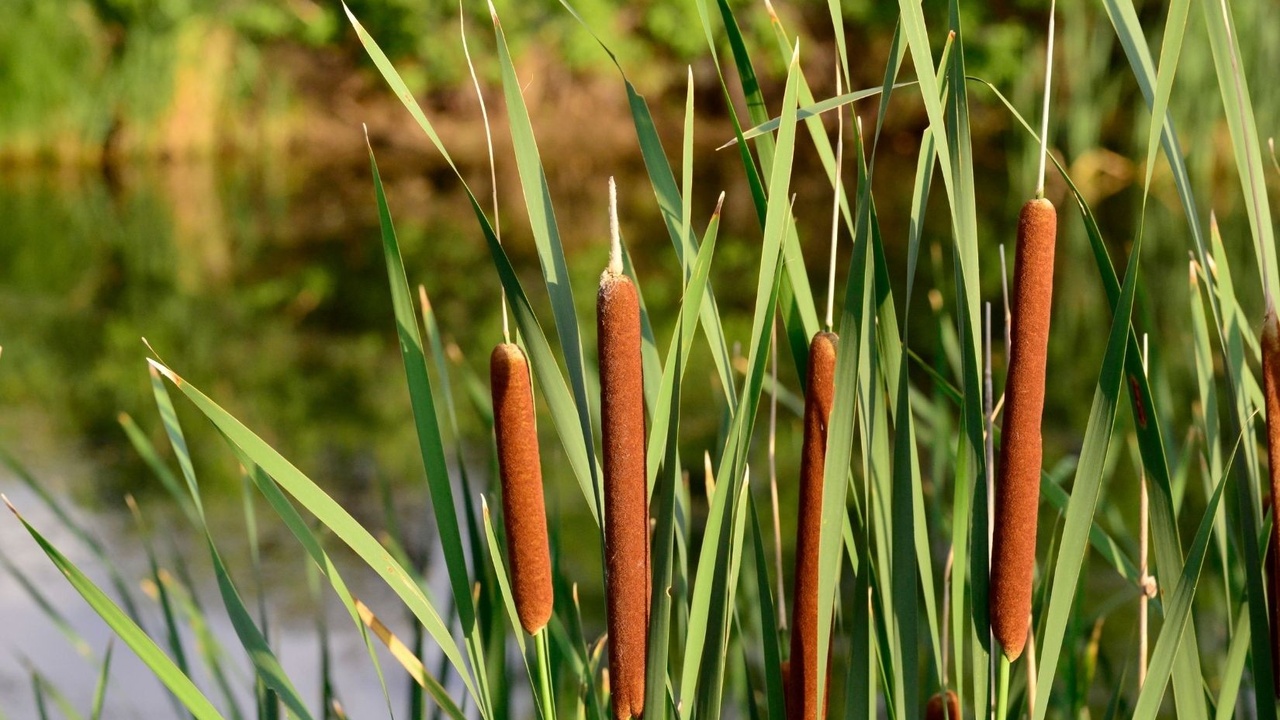
So what exactly happens to the human waste that is flushed down our toilets every day? Well, for most of us, it goes to a wastewater treatment plant (unless you live in a city that still dumps human waste directly into the ocean - let’s hope not!)
These Wastewater treatment plants tend to be very large, very smelly buildings (yes, I have toured them with my students). Where garbage is removed, solids are settled out and oil is skimmed off and microbes get to work at breaking down the organics and nutrients until the liquid is clean enough to be sent back into a nearby river or lake or the ocean.
However, there are viable alternatives that actually mimic nature and do the same job - while also creating other benefits.
Water of Life
Water is one of our most valuable natural resources. In fact, a person can live for up to one month without food but only about one week without water. However, freshwater is not always easily accessible. While nearly 70 percent of the world is covered by water, only 2.5 percent of it is freshwater. Furthermore, only around 1 percent of that freshwater is accessible in the first place since much of it is trapped in glaciers and snowfields.
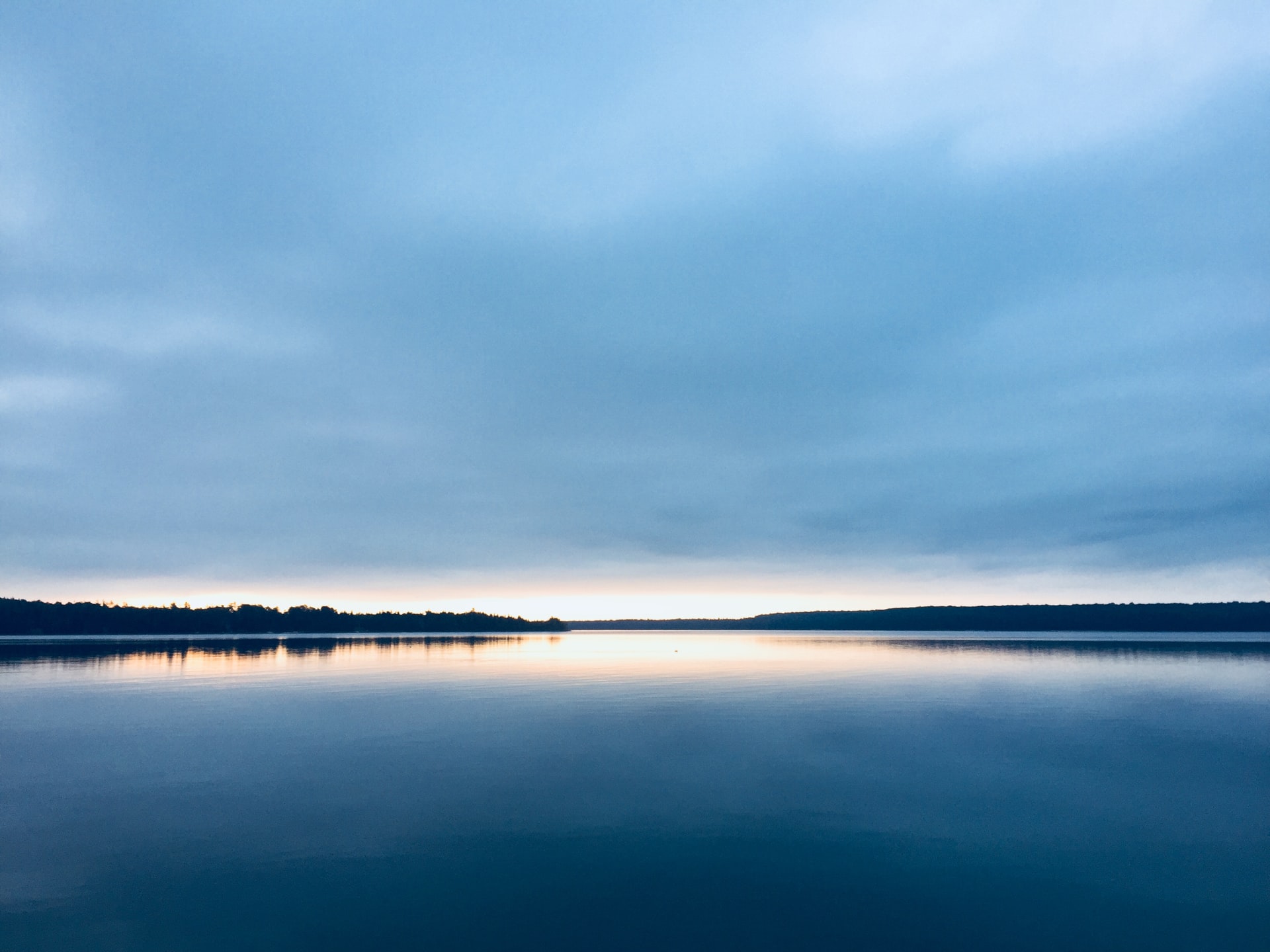
This is why we need to ensure that our water resources are managed responsibly and sustainably. Along with limiting our water consumption, we also have to make sure that our wastewater is being properly treated, as these processes are a form of water conservation.
By removing suspended solids and other harmful contaminants from wastewater, a wastewater treatment system prevents groundwater and water pollution that can negatively affect our water supply.
Wastewater 101
In simple terms, wastewater is any water that has been contaminated by humans, whether that be through flushing toilets (blackwater), bathing, showering, and washing clothes/dishes (greywater), or commercial and industrial activities.
With the proper treatment, this water can be safely reused, therefore minimizing the negative impact we humans have on our water supply.
If this water is not treated, the quality of our water suffers. For example, nutrients like nitrogen and phosphorus can cause excessive algae blooms in water bodies which prevent sunlight from reaching the water’s surface, effectively killing off native plant species. These decaying plants result in bacteria in the water to multiply and consume more and more dissolved oxygen in the water. As a result, fish and other aquatic species die off or relocate.
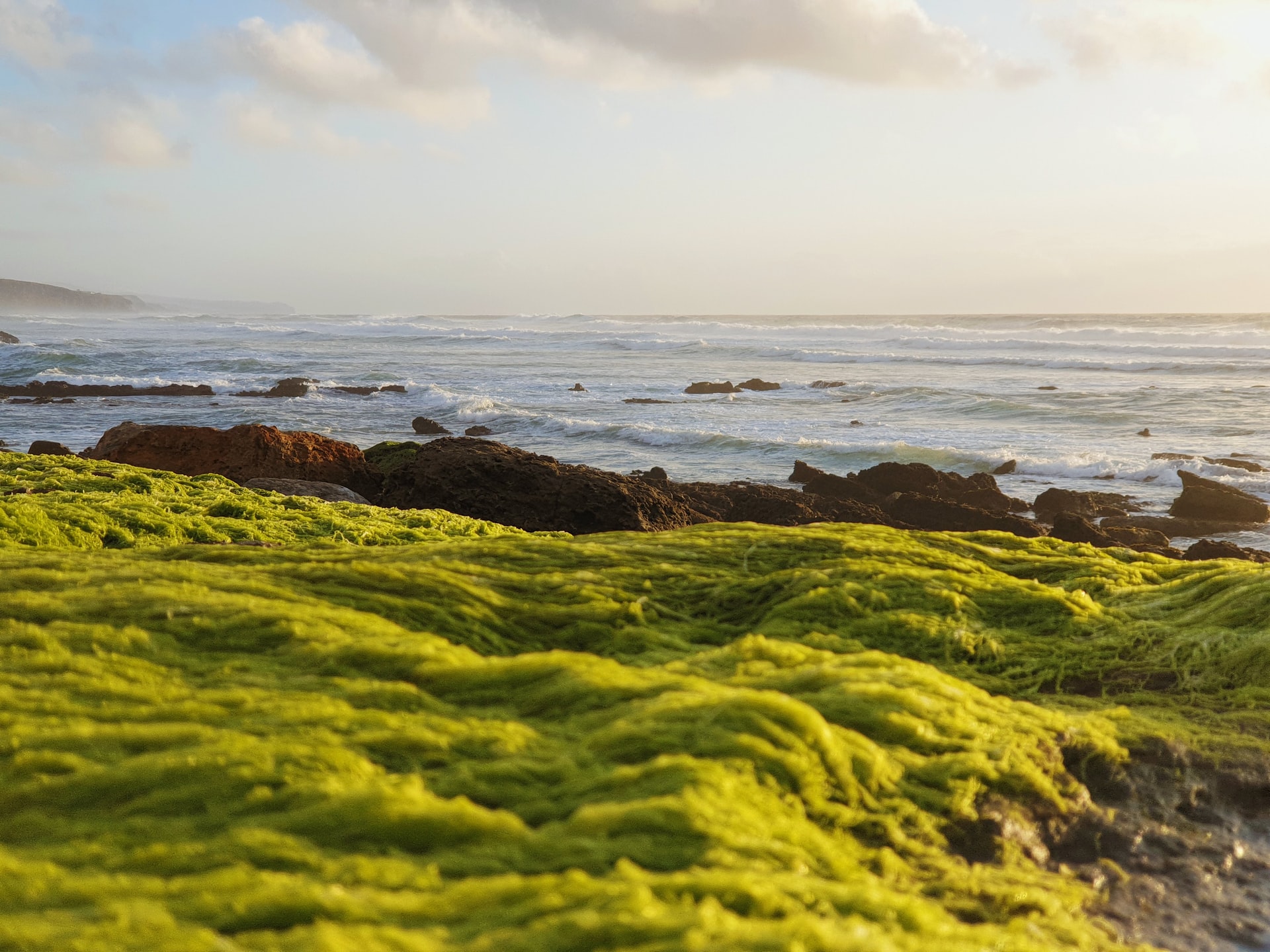
Inorganic compounds such as copper, lead, zinc, and nickel often are the by-products of commercial and industrial activities. If these inorganic compounds enter waterbodies and accumulate over time, the water quality can become a hazard for both humans and animals.
Untreated wastewater may also contain pathogens that are extremely harmful to human health. Bacteria, parasites, and viruses can cause serious and deadly illnesses. Maybe you have experienced some close calls with your city’s water supply in the past. It is not uncommon for improperly treated wastewater to contain E. coli bacteria that may result in illness or death.
What is the best way to treat wastewater?
Some of the best ways to solve our environmental issues is by mimicking nature’s natural processes. This is why people are turning to constructed wetlands to manage wastewater! Constructed wetlands have been used to improve wastewater such as stormwater runoff, domestic wastewater, agricultural wastewater, and even coal mine drainage.
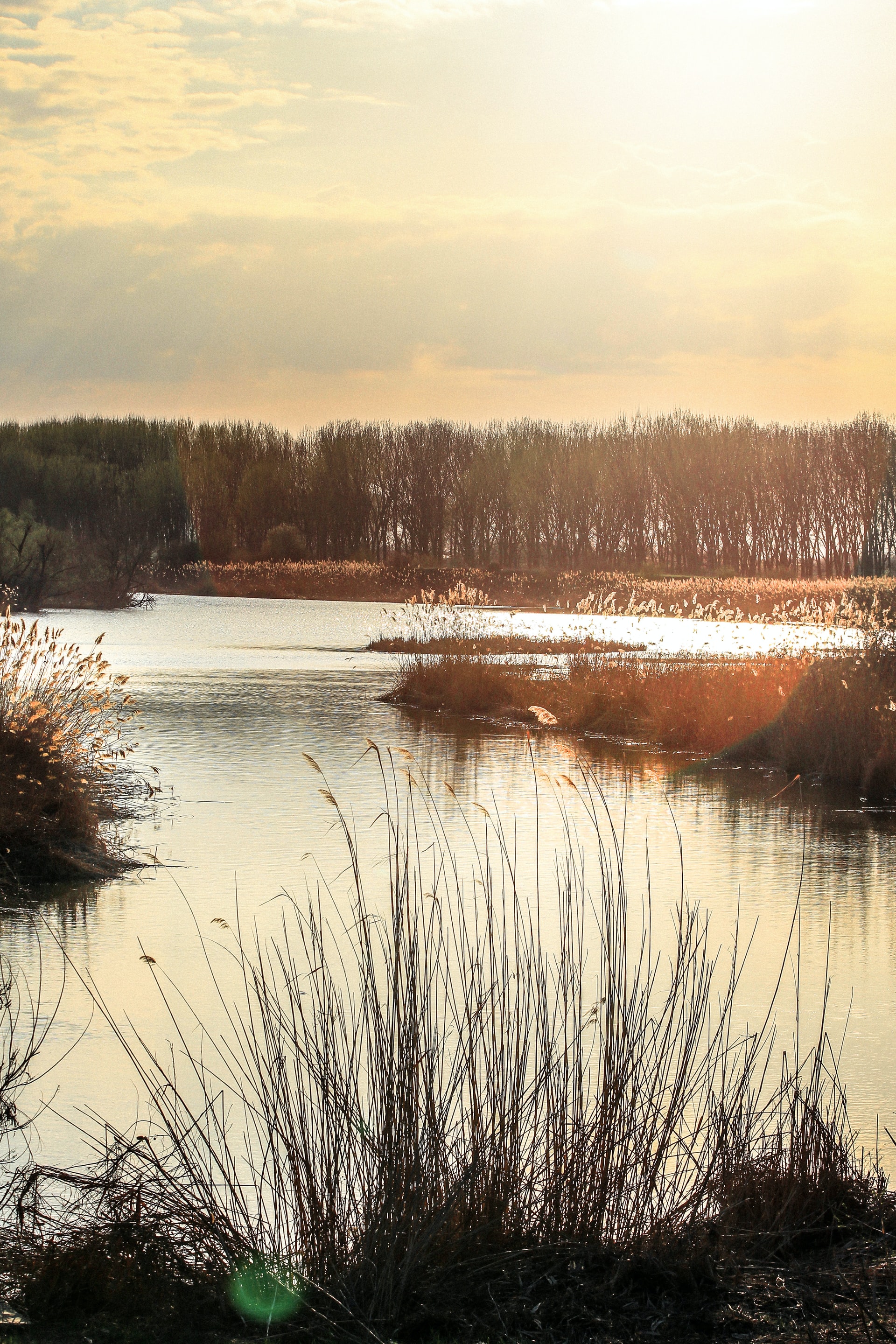
Wetlands are transitional areas between land and water. Some examples of natural wetlands include marshes, bogs, swamps, wet meadows, floodplains, and riparian wetlands alongside rivers and other water bodies.
Constructed wetlands are designed and built similar to these natural wetlands in order to treat wastewater. They typically consist of a shallow depression in the ground with a level bottom. The flow of water within a constructed wasteland is controlled so that the water is spread evenly among the wetland plants, therefore ensuring the wastewater is cleaned efficiently.
How do constructed wetlands work?
Constructed wetlands are shallow basins filled with some sort of substrate such as soil or gravel, and planted with vegetation that can handle wet conditions such as cattails and bulrushes. Wastewater flows through a pipe from a septic tank or other type of primary wastewater treatment system into one end of the constructed wetland.
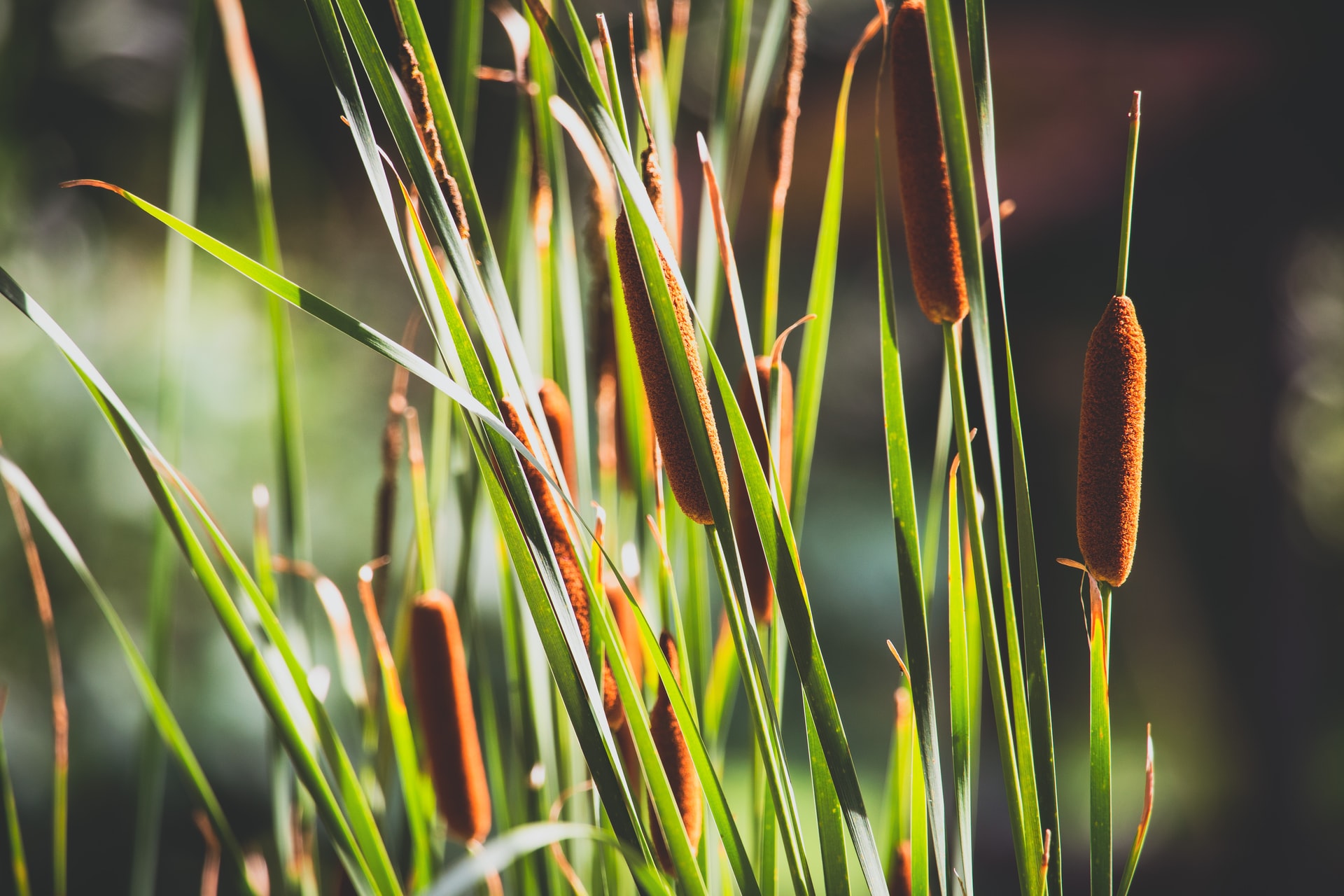
The water flows over the surface or through the substrate and is discharged at the other end. As the water flows, it is treated by a variety of mechanisms. These mechanisms include:
- The settling of particulate matter that is suspended in the wastewater
- Filtration and chemical precipitation through contact between the water and the substrate
- Breakdown and transformation of pollutants by microorganisms and plants
- Predation and natural die-off of pathogens
Basically, all the components of the system work together to treat wastewater. While some solids and trace metals settle and are filtered, plants and organic material work to absorb trace metals as well. Organisms that are living in the water and soil then use those organic materials and nutrients as food.
What are the benefits of constructed wetlands?
Of course, we now know that constructed wetlands are able to filter and treat wastewater, but so can municipal sewage treatment plants and other wastewater treatment systems. So why would we want to use constructed wetlands?
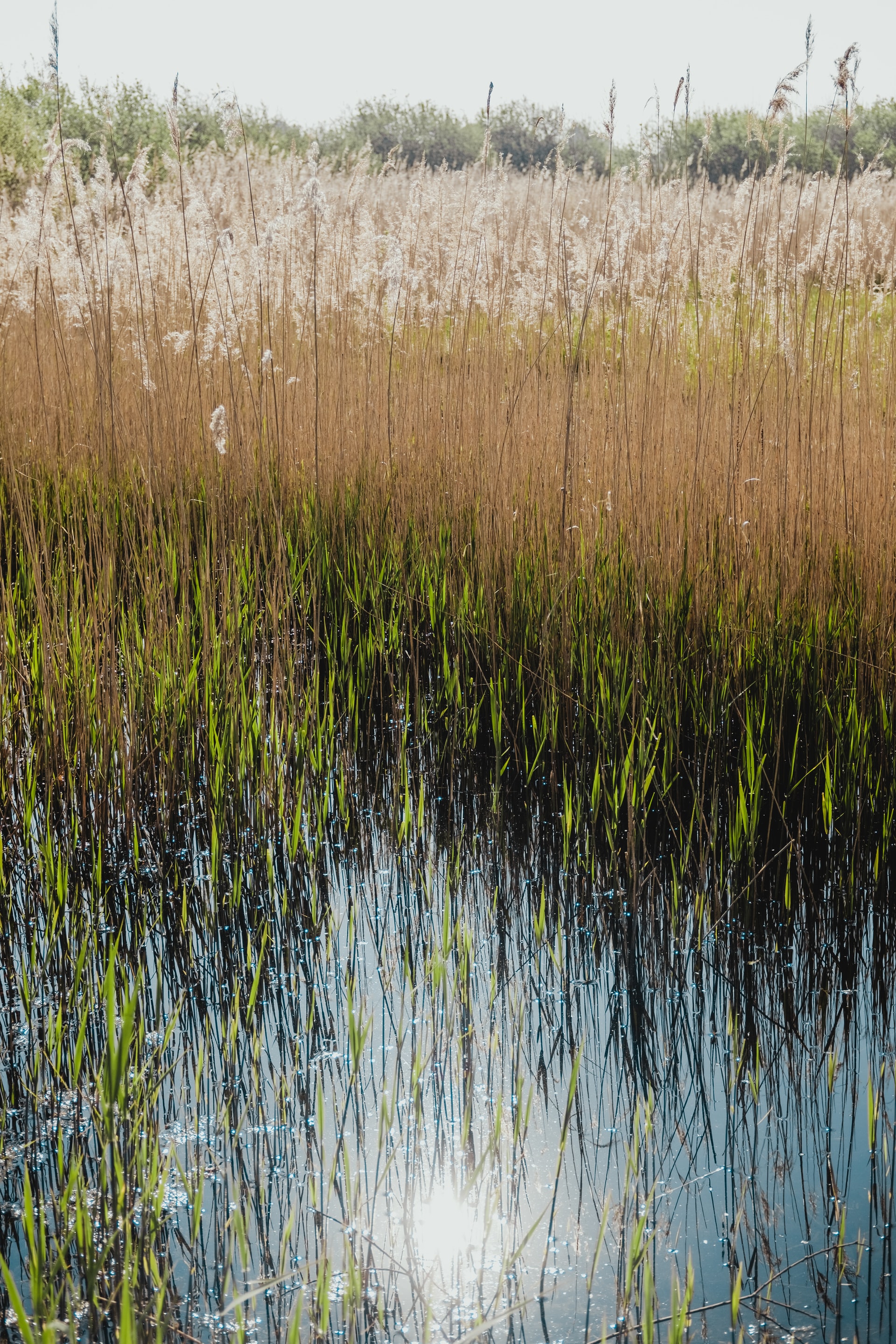
- They are low-cost and low maintenance compared to many other treatment options
- Wetlands can tolerate fluctuations in flow
- They provide habitat for many wetland organisms, fish, and wildlife
- They have aesthetic value
- Constructed wetlands can be used for recreational activities such as bird watching, photography, and hunting
- They can be used for education and research
This is a lot more than we can say for traditional sewage treatment plants! Maybe it is time we take some hints from nature and start incorporating more constructed wetlands into our urban landscapes as a natural solution to the production of wastewater.
Stay connected with news and updates!
Join my mailing list to receive the latest news and updates. Your information will not be shared.

